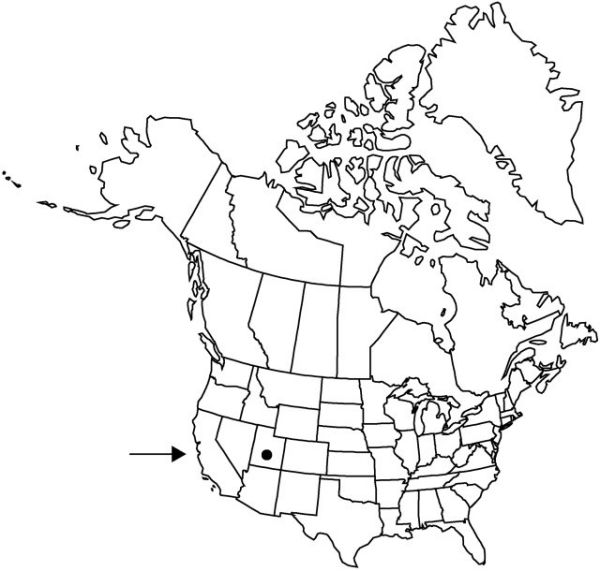Difference between revisions of "Yucca angustissima var. avia"
in A. Cronquist et al., Intermount. Fl. 6: 534. 1977.
Endemic
FNA>Volume Importer |
imported>Volume Importer |
||
| (3 intermediate revisions by 2 users not shown) | |||
| Line 1: | Line 1: | ||
{{Treatment/ID | {{Treatment/ID | ||
|accepted_name=Yucca angustissima var. avia | |accepted_name=Yucca angustissima var. avia | ||
| − | |accepted_authority=Reveal | + | |accepted_authority=Reveal |
|publications={{Treatment/Publication | |publications={{Treatment/Publication | ||
|title=in A. Cronquist et al., Intermount. Fl. | |title=in A. Cronquist et al., Intermount. Fl. | ||
|place=6: 534. 1977 | |place=6: 534. 1977 | ||
|year=1977 | |year=1977 | ||
| + | }} | ||
| + | |special_status={{Treatment/ID/Special_status | ||
| + | |code=E | ||
| + | |label=Endemic | ||
}} | }} | ||
|basionyms= | |basionyms= | ||
| Line 23: | Line 27: | ||
|elevation=2500 m | |elevation=2500 m | ||
|distribution=Utah. | |distribution=Utah. | ||
| − | |discussion=<p>J. L. Reveal (1977c) separated < | + | |discussion=<p>J. L. Reveal (1977c) separated <i></i>var.<i> avia</i> from var. kanabensis, and believed it to be more closely related to <i></i>var.<i> angustissima</i>. S. L. Welsh et al. (1993) considered <i></i>var.<i> avia</i> to be a northern, high elevation variant at the end of a cline within the species. It occurs in loamy, rocky soils instead of the sandy soils that the other varieties inhabit. Little is known about this variety.</p> |
|tables= | |tables= | ||
|references= | |references= | ||
| Line 32: | Line 36: | ||
-->{{#Taxon: | -->{{#Taxon: | ||
name=Yucca angustissima var. avia | name=Yucca angustissima var. avia | ||
| − | + | |authority=Reveal | |
| − | |authority=Reveal | ||
|rank=variety | |rank=variety | ||
|parent rank=species | |parent rank=species | ||
| Line 46: | Line 49: | ||
|publication title=in A. Cronquist et al., Intermount. Fl. | |publication title=in A. Cronquist et al., Intermount. Fl. | ||
|publication year=1977 | |publication year=1977 | ||
| − | |special status= | + | |special status=Endemic |
| − | |source xml=https:// | + | |source xml=https://bitbucket.org/aafc-mbb/fna-data-curation/src/2e0870ddd59836b60bcf96646a41e87ea5a5943a/coarse_grained_fna_xml/V26/V26_896.xml |
|genus=Yucca | |genus=Yucca | ||
|species=Yucca angustissima | |species=Yucca angustissima | ||
Latest revision as of 22:18, 5 November 2020
Plants acaulescent to short-caulescent. Stems erect, to 2 m. Leaf blade lanceolate, 40–60 cm, apex long-tapering. Inflorescenses racemose, 8–18 dm; peduncle 0.3–0.5 m. Flowers 3.5–4.5(–5.2) cm; style 7–10 mm. Capsules deeply constricted, 3.5–5.5 cm.
Phenology: Flowering late spring–early summer.
Habitat: Loamy, rocky soils
Elevation: 2500 m
Discussion
J. L. Reveal (1977c) separated var. avia from var. kanabensis, and believed it to be more closely related to var. angustissima. S. L. Welsh et al. (1993) considered var. avia to be a northern, high elevation variant at the end of a cline within the species. It occurs in loamy, rocky soils instead of the sandy soils that the other varieties inhabit. Little is known about this variety.
Selected References
None.
Lower Taxa
None.
